Proper Dining Room Etiquette: Dos and Don'ts
Knowing the proper dining room etiquette is essential for any occasion, whether it be a formal dinner party or a casual family meal. It not only shows respect and consideration for your fellow diners, but it also reflects positively on your own manners and etiquette. Here are 10 dos and don'ts to keep in mind for your next dining experience.
10 Essential Dining Etiquette Rules You Need To Know
1. Arrive on time: It is considered impolite to keep your fellow diners waiting, especially if it is a formal dinner. Make sure to arrive on time or even a little early if possible.
2. Wait to be seated: In a formal setting, wait to be seated by the host or hostess. In an informal setting, it is acceptable to find your own seat, but it is still courteous to ask if there is a designated seating arrangement.
3. Napkin etiquette: As soon as you are seated, place your napkin on your lap. If you need to excuse yourself from the table, place it on your chair. When you are finished with your meal, place it neatly on the left side of your plate.
4. Proper use of utensils: Start from the outside and work your way in when using utensils. Use your fork to eat, unless you are cutting something with a knife. When you are finished, place your utensils on your plate in the "finished" position (fork and knife crossed).
5. Passing food: Always pass food to the right, and politely ask for items to be passed to you. Do not reach across the table for anything.
6. Chew with your mouth closed: This may seem obvious, but it is important to remember to chew with your mouth closed and not talk with your mouth full.
7. Proper use of bread and butter: Tear a small piece of bread and butter it on your plate, not in the air. Do not take more than one piece at a time.
8. Pace yourself: Wait until everyone at the table has been served before beginning to eat. Take small bites and eat slowly, and do not finish your meal before others at the table.
9. Conversation etiquette: Avoid discussing controversial topics, and do not dominate the conversation. Be polite and engage in conversation with those around you.
10. Thank the host: Always thank the host or hostess for the meal, and offer to help with cleaning up or washing dishes.
The Ultimate Guide to Proper Dining Etiquette
Proper dining etiquette can vary depending on the setting, but there are some universal rules to keep in mind. Here is a step-by-step guide to navigating the dining experience with grace and poise.
1. Dress appropriately: Make sure to dress according to the occasion. If it is a formal event, dress in formal attire. If it is an informal setting, dress casually but still presentably.
2. Be mindful of your posture: Sit up straight and keep your elbows off the table. Do not slouch or lean back in your chair.
3. Be aware of your surroundings: Be mindful of those around you and avoid loud or disruptive behavior.
4. Use the appropriate utensils: Familiarize yourself with the different types of utensils and their purpose. Use them accordingly.
5. Practice good table manners: Do not talk with your mouth full, slurp your soup, or make loud noises while eating.
6. Be courteous to the waitstaff: Treat the waitstaff with respect and be patient. Thank them and leave a tip at the end of the meal.
7. Know your table setting: Familiarize yourself with the different elements of a table setting, such as the bread plate, water glass, and salad fork.
8. Be mindful of allergies and dietary restrictions: If you have any allergies or dietary restrictions, inform the host or restaurant beforehand.
9. Be gracious: Show gratitude and thank the host or hostess for the meal and the company.
10. Enjoy yourself: Remember to relax and enjoy the dining experience. Good food and good company make for a great meal.
Mastering the Art of Dining Etiquette
Proper dining etiquette is not just about following a set of rules, but it is also about displaying good manners and respect for those around you. Here are some additional tips to help you master the art of dining etiquette.
1. Use your utensils properly: Hold your fork in your left hand and your knife in your right hand. Use your knife to cut food and then switch your fork to your right hand to bring the food to your mouth.
2. Keep your phone away: Avoid using your phone at the dinner table, unless it is an emergency. It is considered impolite and disrespectful to be on your phone while dining with others.
3. Don't play with your food: Playing with your food is not only unappetizing, but it is also considered rude. Avoid tapping your utensils on your plate, cutting your food into small pieces, or making designs with your food.
4. Avoid double-dipping: When sharing sauces or dips, use a clean utensil each time. Do not dip a used utensil back into the sauce.
5. Wait for the host to start eating: In a formal setting, wait for the host or hostess to start eating before beginning your meal. In an informal setting, wait for everyone to be served before starting.
6. Don't blow on hot food: If your food is too hot, wait for it to cool down instead of blowing on it. Blowing on your food is considered impolite and unhygienic.
7. Don't stack your dishes: In a formal setting, do not stack your dishes when you are finished eating. Leave them in place for the waitstaff to clear.
8. Use your napkin properly: Use your napkin to dab your mouth, not wipe it. Avoid using it as a handkerchief or to clean your utensils.
9. Don't reach for seconds: In a formal setting, wait for the host to offer seconds before taking more food. In an informal setting, ask politely before taking seconds.
10. Thank the chef: If you are dining at someone's home, be sure to thank the chef for the meal. It is a thoughtful gesture that shows appreciation for the time and effort put into preparing the meal.
Proper Dining Room Etiquette for Formal and Informal Settings
There are different expectations for dining etiquette in formal and informal settings. Here are some guidelines to keep in mind for both.
1. Formal settings: In a formal setting, such as a dinner party or at a fancy restaurant, follow the rules of etiquette closely. Use proper utensils, dress appropriately, and be mindful of your manners and behavior.
2. Informal settings: In a more casual setting, such as a family dinner or a casual restaurant, you can be a little more relaxed with your etiquette. However, it is still important to be courteous and respectful to those around you.
10 Tips for Proper Dining Room Etiquette
1. Practice proper hygiene: Wash your hands before sitting down to eat and avoid touching your face or hair during the meal.
2. Don't talk with your mouth full: Wait until you have swallowed your food before speaking.
3. Use your utensils, not your hands: Unless it is a finger food, use your utensils to eat.
4. Avoid slouching or leaning back in your chair: Sit up straight and avoid fidgeting.
5. Pay attention to the conversation: Engage in conversation with those around you and avoid talking about controversial or sensitive topics.
6. Don't use your phone: Keep your phone away and avoid distractions.
7. Be mindful of allergies and dietary restrictions: If you have any allergies or dietary restrictions, inform the host or restaurant beforehand.
8. Chew with your mouth closed: This not only shows good manners, but it is also more pleasant for those around you.
9. Be gracious: Thank the host or hostess for the meal and offer to help with cleaning up.
10. Enjoy yourself: Remember to relax and enjoy the dining experience. Good food and good company make for a great meal.
The Dos and Don'ts of Dining Room Etiquette
To summarize, here are some dos and don'ts to remember when practicing proper dining room etiquette.
DO:
- Arrive on time
- Wait to be seated
- Use your napkin and utensils properly
- Be mindful of your manners and behavior
- Thank the host or hostess
DON'T:
- Keep others waiting
- Reach for things across the table
- Talk with your mouth full
- Use your phone
- Forget to thank the chef
Proper Dining Room Etiquette: A Step-by-Step Guide
1. Dress appropriately
2. Be mindful of your posture
3. Wait to be seated
4. Use your napkin properly
5. Use the appropriate utensils
6. Pace yourself
7. Chew with your mouth closed
8. Be courteous to the waitstaff
9. Be mindful of allergies and dietary restrictions
10. Thank the host
The Importance of Proper Dining Room Etiquette
Proper dining room etiquette is not just about following a set of rules, but it is also about displaying good manners and respect for those around you. It not only shows respect and consideration for your fellow diners, but it also reflects positively on your own manners and etiquette. It is a way to show appreciation for the meal and the company, and to make a good impression on others.
10 Common Dining Room Etiquette Mistakes to Avoid
1. Being late
2. Talking with your mouth full
3. Using your phone at the table
4. Playing with your food
5. Taking too much food at once
6. Not knowing how to use utensils properly
7. Being rude to the waitstaff
8. Being loud or disruptive
9. Not being mindful of others' allergies or dietary restrictions
10. Forgetting to thank the host or hostess
Dining Room Etiquette: An Essential Part of Proper House Design

Importance of Proper Dining Room Etiquette
 A dining room is not just a place to eat; it is a space where family and friends gather to share meals, stories, and create memories. As such, it is essential to have proper dining room etiquette to ensure a pleasant and enjoyable dining experience for everyone. Not only does it show respect and consideration for others, but it also adds a touch of elegance and sophistication to any home.
A dining room is not just a place to eat; it is a space where family and friends gather to share meals, stories, and create memories. As such, it is essential to have proper dining room etiquette to ensure a pleasant and enjoyable dining experience for everyone. Not only does it show respect and consideration for others, but it also adds a touch of elegance and sophistication to any home.
Setting the Table
 One of the first things to consider when it comes to proper dining room etiquette is setting the table. This may seem like a simple task, but it can make a significant difference in the overall dining experience. Start by laying a clean tablecloth to protect your table and add a touch of elegance. Then, place the
main utensils
- forks on the left, knives and spoons on the right - in the order they will be used. Remember to place the
napkin
on the left side of the plate or in the center of the plate for a more formal setting.
One of the first things to consider when it comes to proper dining room etiquette is setting the table. This may seem like a simple task, but it can make a significant difference in the overall dining experience. Start by laying a clean tablecloth to protect your table and add a touch of elegance. Then, place the
main utensils
- forks on the left, knives and spoons on the right - in the order they will be used. Remember to place the
napkin
on the left side of the plate or in the center of the plate for a more formal setting.
Proper Use of Utensils
 Knowing how to use utensils correctly is another crucial aspect of dining room etiquette. The general rule is to start from the outside and work your way in with each course. For example, the salad fork should be placed on the far left, followed by the dinner fork. When it comes to cutting food, the knife should be held in the right hand, with the fork in the left. Once finished, the utensils should be placed on the
plate neatly
, with the handles facing towards the right.
Knowing how to use utensils correctly is another crucial aspect of dining room etiquette. The general rule is to start from the outside and work your way in with each course. For example, the salad fork should be placed on the far left, followed by the dinner fork. When it comes to cutting food, the knife should be held in the right hand, with the fork in the left. Once finished, the utensils should be placed on the
plate neatly
, with the handles facing towards the right.
Mindful Conversation
 In addition to the physical elements, proper dining room etiquette also includes
mindful conversation
. This means being respectful and considerate of others by avoiding controversial or sensitive topics. It also means actively listening and engaging in conversation with your dining companions, rather than being glued to your phone or television. Remember to use your utensils to eat and not to gesture while talking.
In addition to the physical elements, proper dining room etiquette also includes
mindful conversation
. This means being respectful and considerate of others by avoiding controversial or sensitive topics. It also means actively listening and engaging in conversation with your dining companions, rather than being glued to your phone or television. Remember to use your utensils to eat and not to gesture while talking.
Finishing the Meal
 As the meal comes to an end, it is essential to know the proper way to signal that you have finished eating. The universal sign is to place the
utensils diagonally across
your plate, with the handles at the bottom right corner. This lets the server know that you are finished and they can begin clearing the table. Remember to thank your host and offer to help with clearing the table or doing the dishes.
As the meal comes to an end, it is essential to know the proper way to signal that you have finished eating. The universal sign is to place the
utensils diagonally across
your plate, with the handles at the bottom right corner. This lets the server know that you are finished and they can begin clearing the table. Remember to thank your host and offer to help with clearing the table or doing the dishes.
In Conclusion
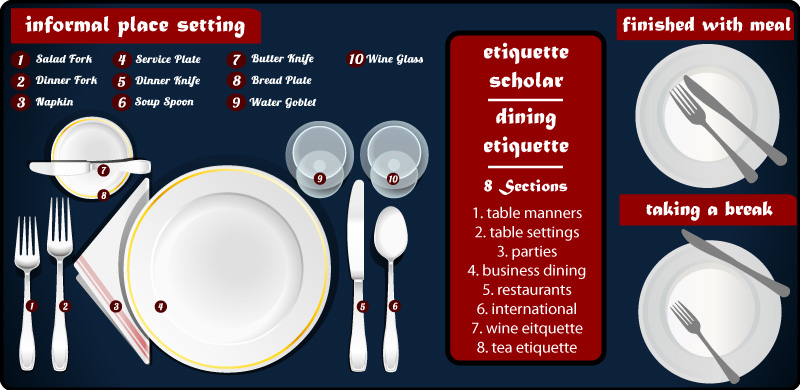 Proper dining room etiquette is an essential part of house design. It not only adds elegance and sophistication to any home, but it also creates a pleasant and enjoyable dining experience for all. By following these simple guidelines, you can ensure that your dining room is not only aesthetically pleasing but also a space where cherished memories are made.
Proper dining room etiquette is an essential part of house design. It not only adds elegance and sophistication to any home, but it also creates a pleasant and enjoyable dining experience for all. By following these simple guidelines, you can ensure that your dining room is not only aesthetically pleasing but also a space where cherished memories are made.



:max_bytes(150000):strip_icc()/japanese-dining-etiquette-1458301_FINAL-5c3cf10646e0fb0001fd209a.png)
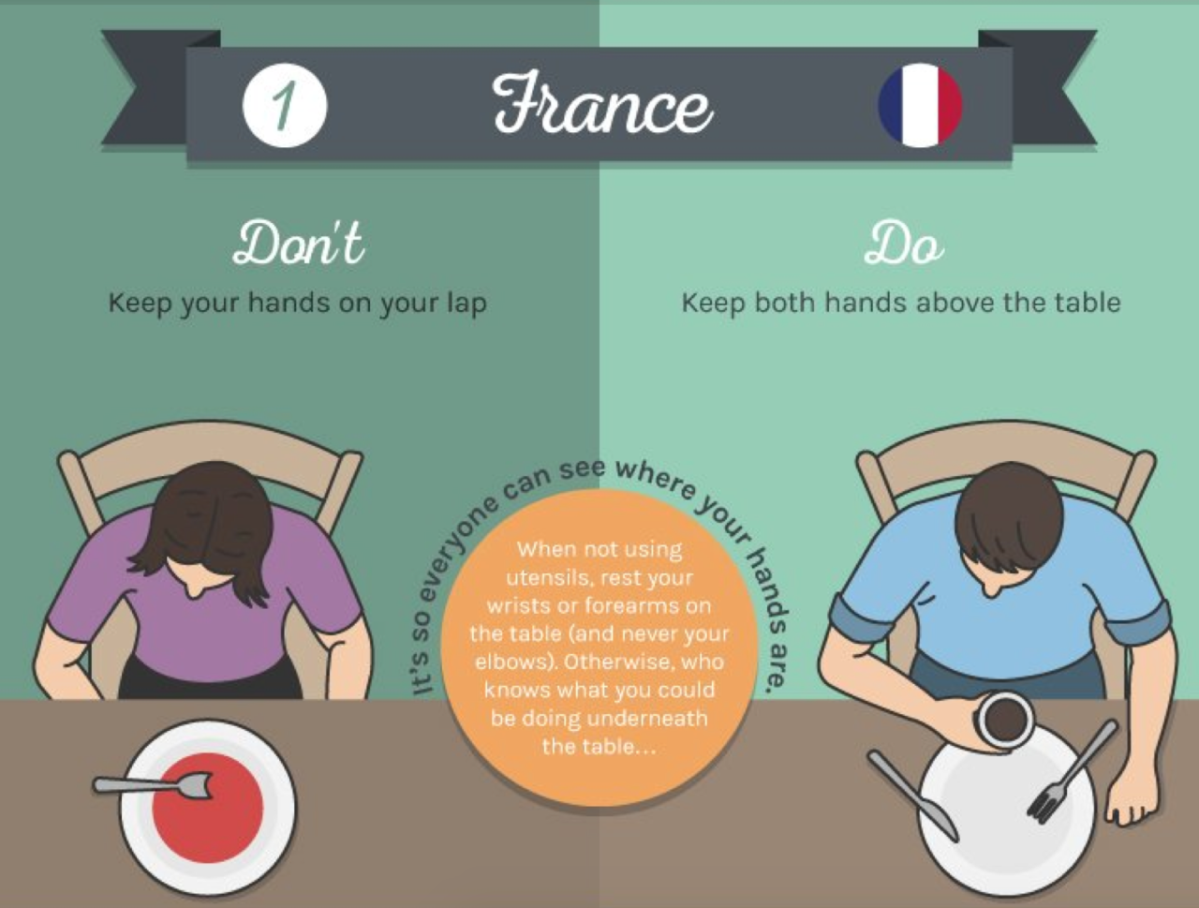



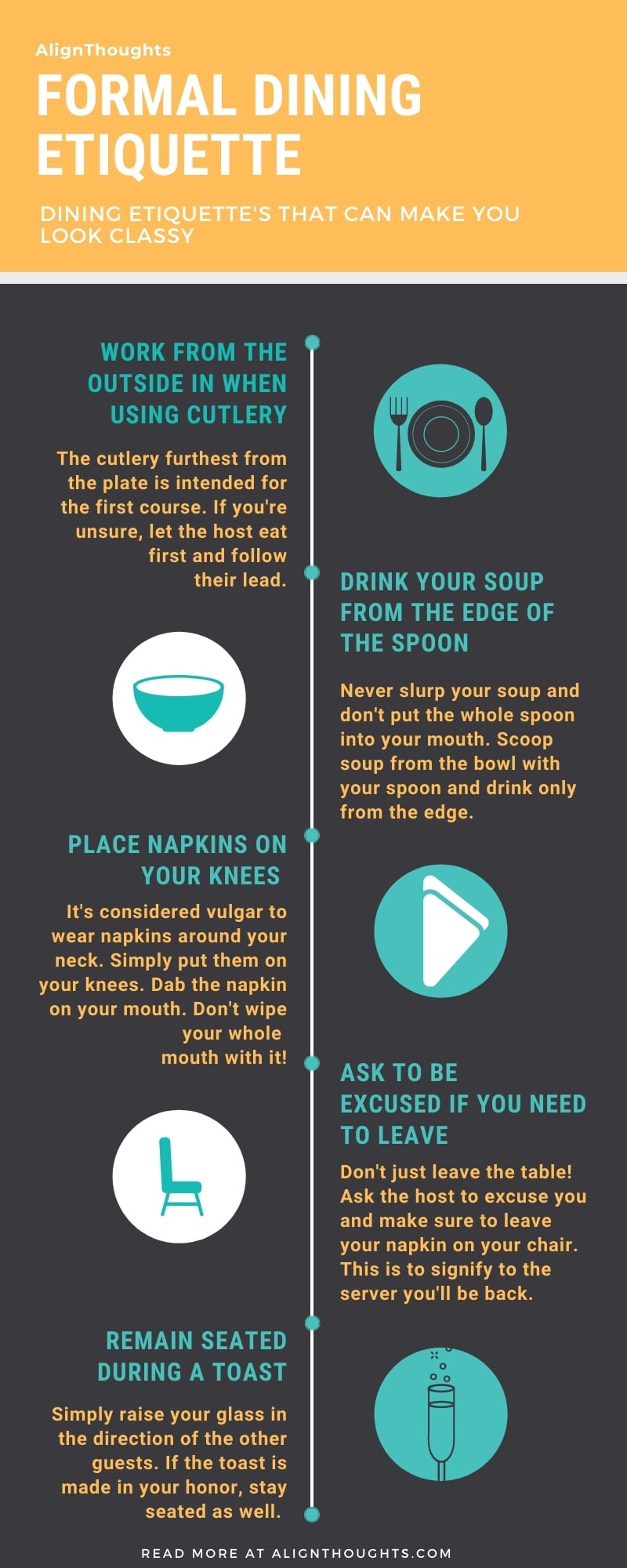





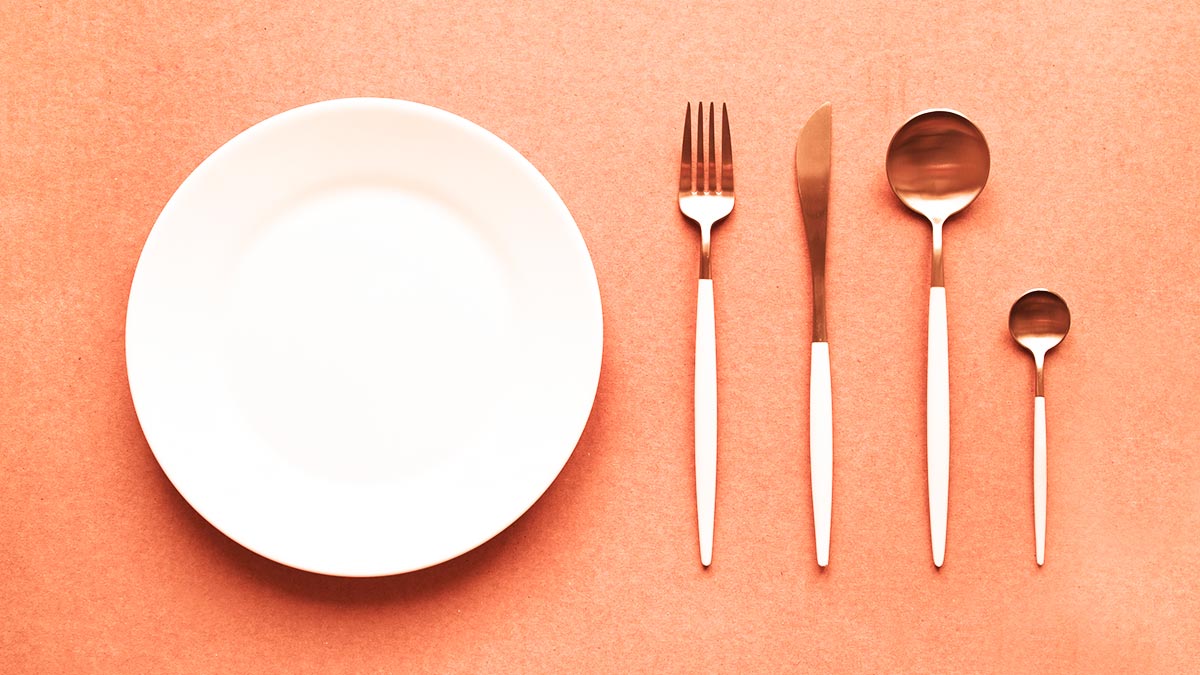




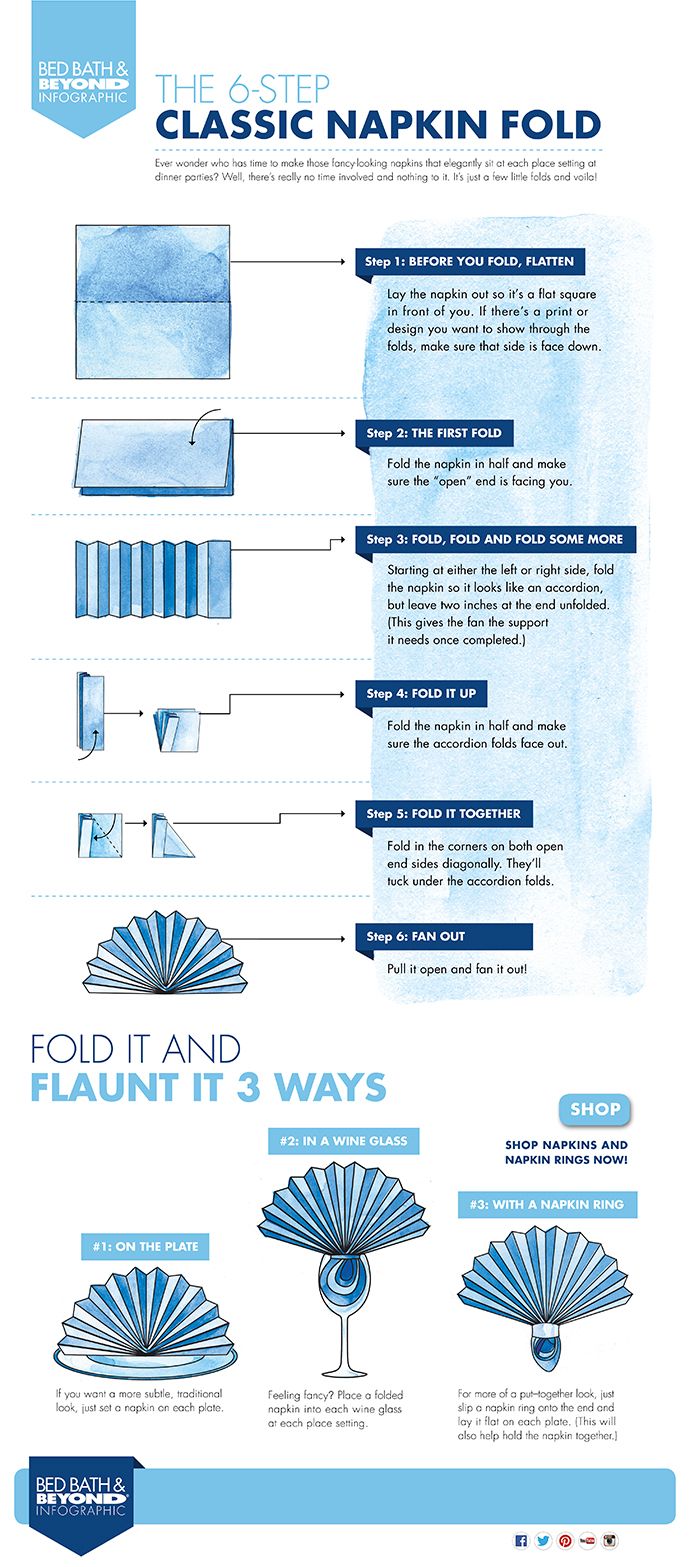


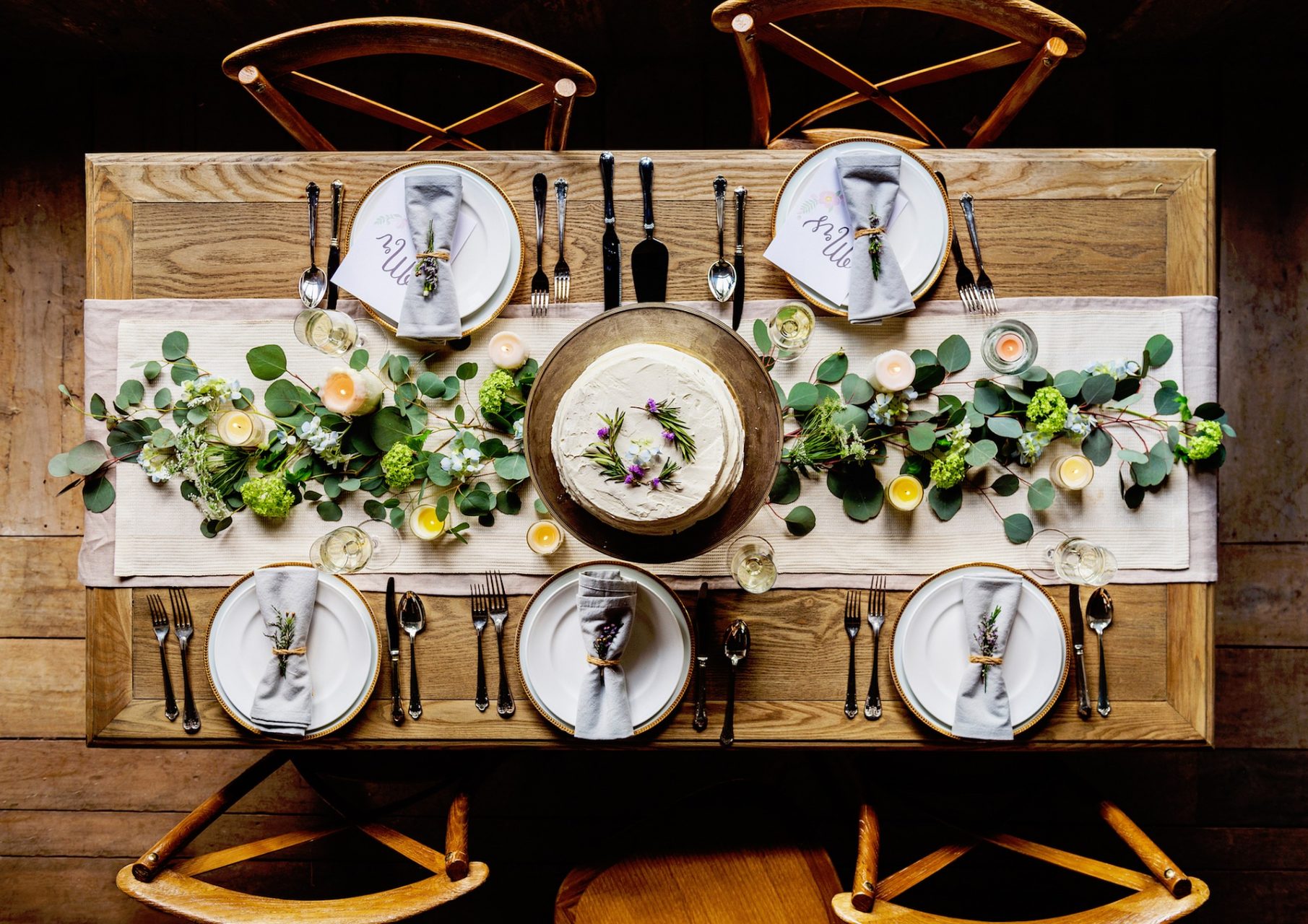




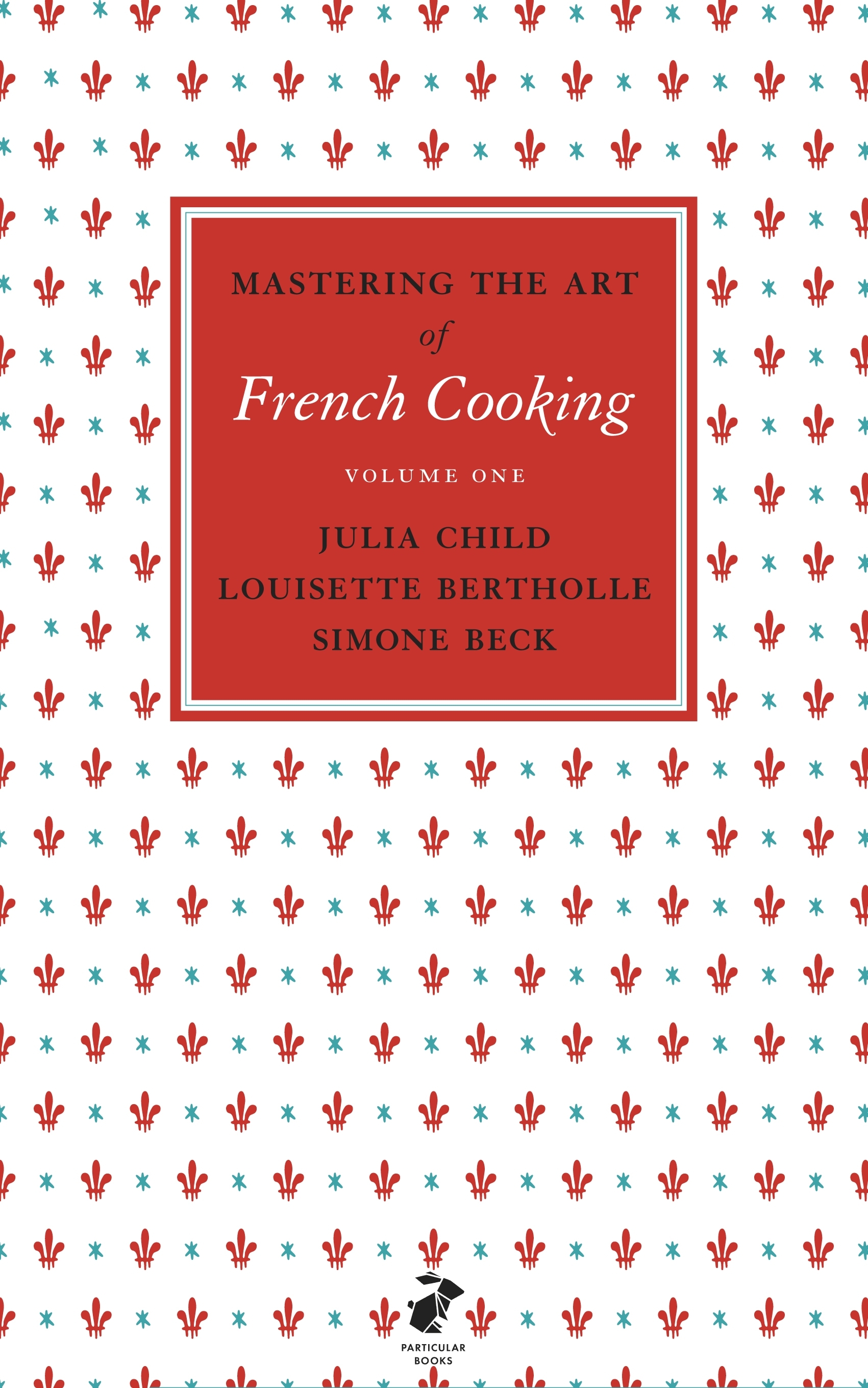
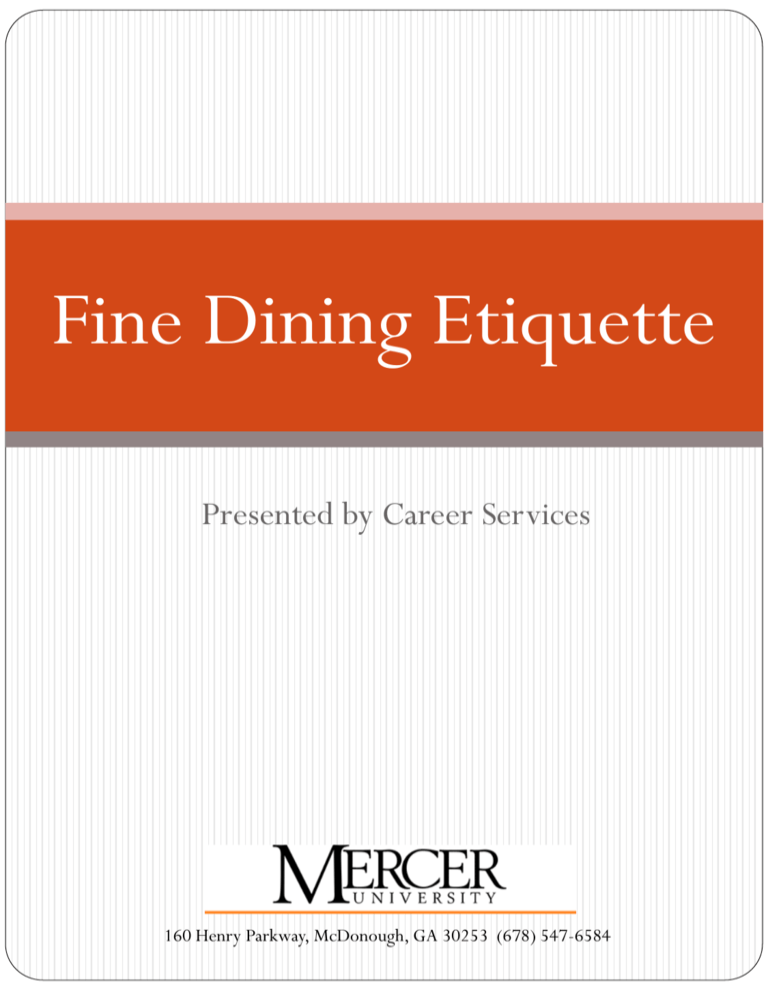

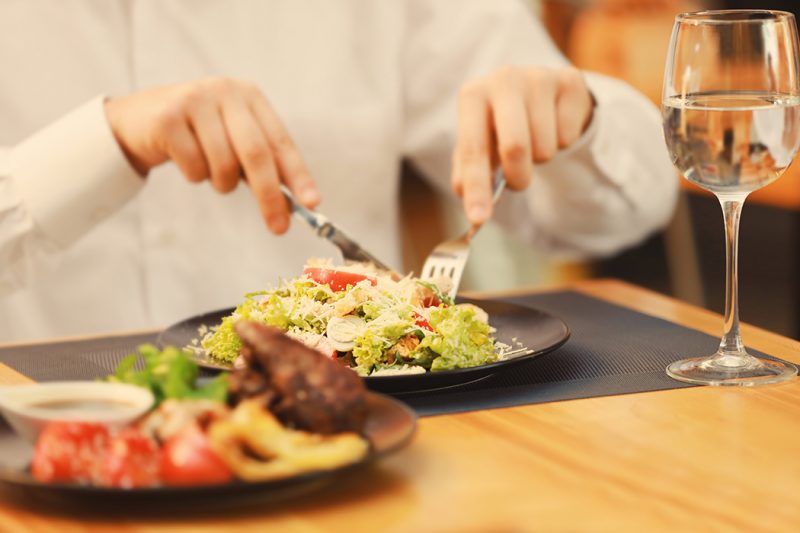






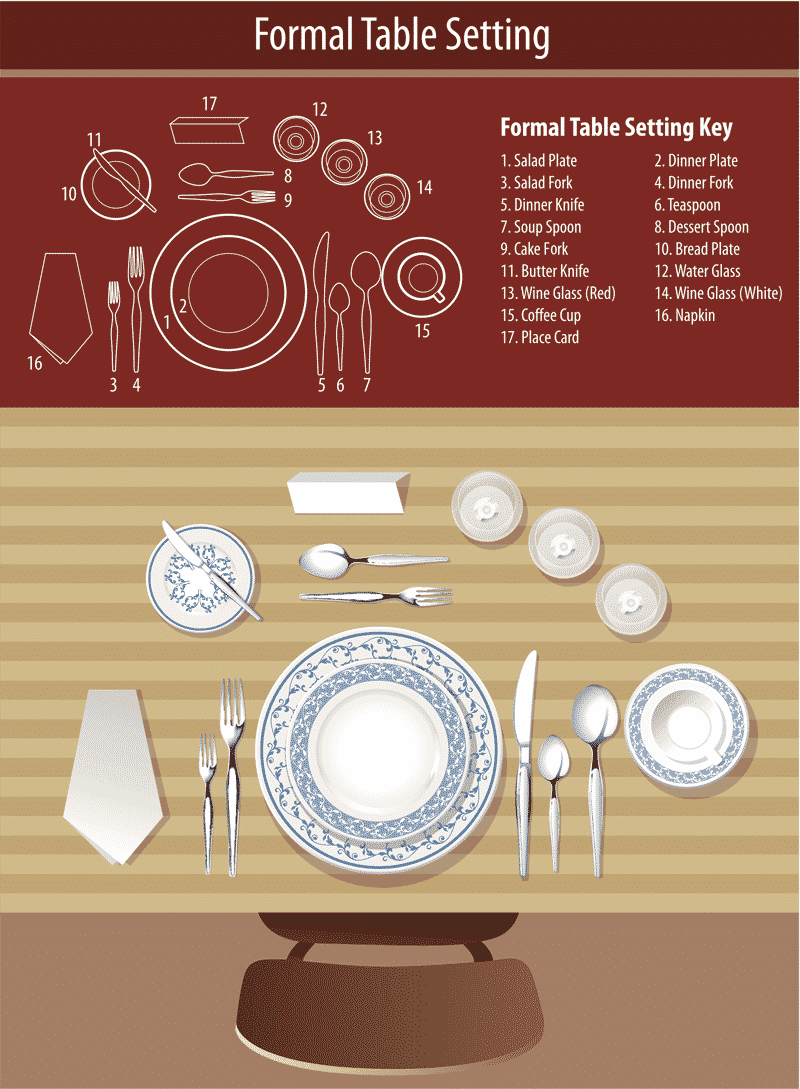








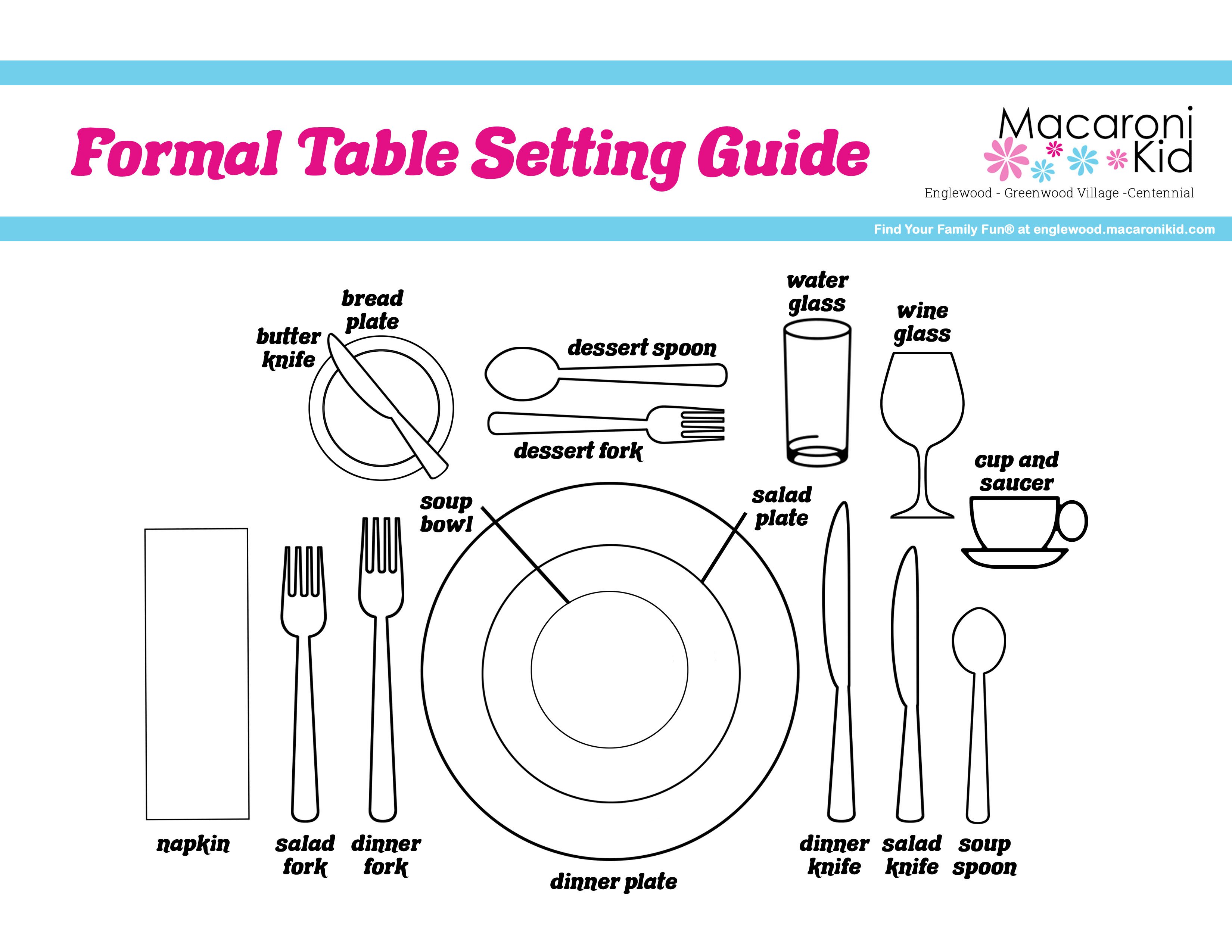

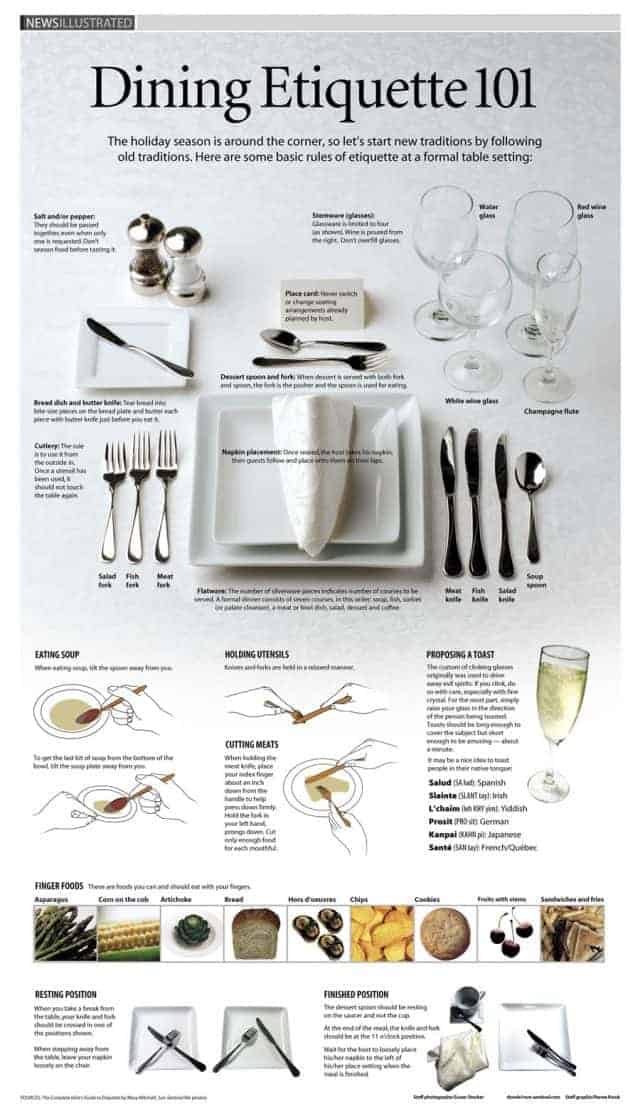

/table-manners-and-dining-etiquette-1216971_hero_3329-8f2c67ff8b1740f8a4345f5dd38d08d5.jpg)



































